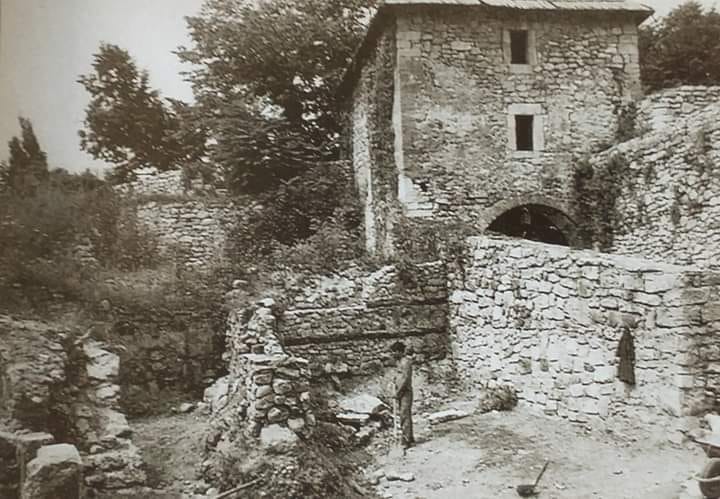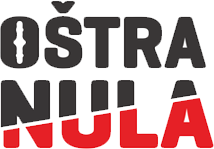The Kastel Fortress in Banja Luka is one of the most well-known fortresses and a national monument in Bosnia and Herzegovina. It is believed to have originated during the Roman period, bearing the name Castra, and that the area had been inhabited since prehistoric times. During the Bronze and Iron Ages, the Illyrian tribe of Osseriata lived in this region.
Numerous professional and amateur archaeological excavations have been conducted at the site of the fortress, uncovering remains of ancient buildings, coins, pottery, and a Roman sarcophagus found near the city, which is now housed in Kastel. During Ottoman rule, Kastel was further expanded, taking its final form during that period. Throughout history, Kastel served as a military headquarters and defense center.
So, in 1683, a conflict arose between the Ottoman and Habsburg Empires, during which Banja Luka and Kastel were briefly occupied by troops under the command of Margrave Ludwig of Baden. Following the Austrian occupation, the fortress underwent another reconstruction. During World War II, Kastel was bombed several times by the Allies, as it housed Ustaše and Nazi forces, along with a prison for communists and opponents of the Ustaše regime. Kastel served as a defense center and the last point of resistance during the attack by partisan units that eventually liberated the city. After the war, Kastel became a multifunctional site. A restaurant called Kazamat, a café named Kula, the Museum of the People’s Liberation War, and a park with a children’s playground were established within its walls. Following the 1969 earthquake, Kastel was damaged, and the museum building was vacated.
Significant restoration of Kastel took place between 2013 and 2017, supported by the European Union.



